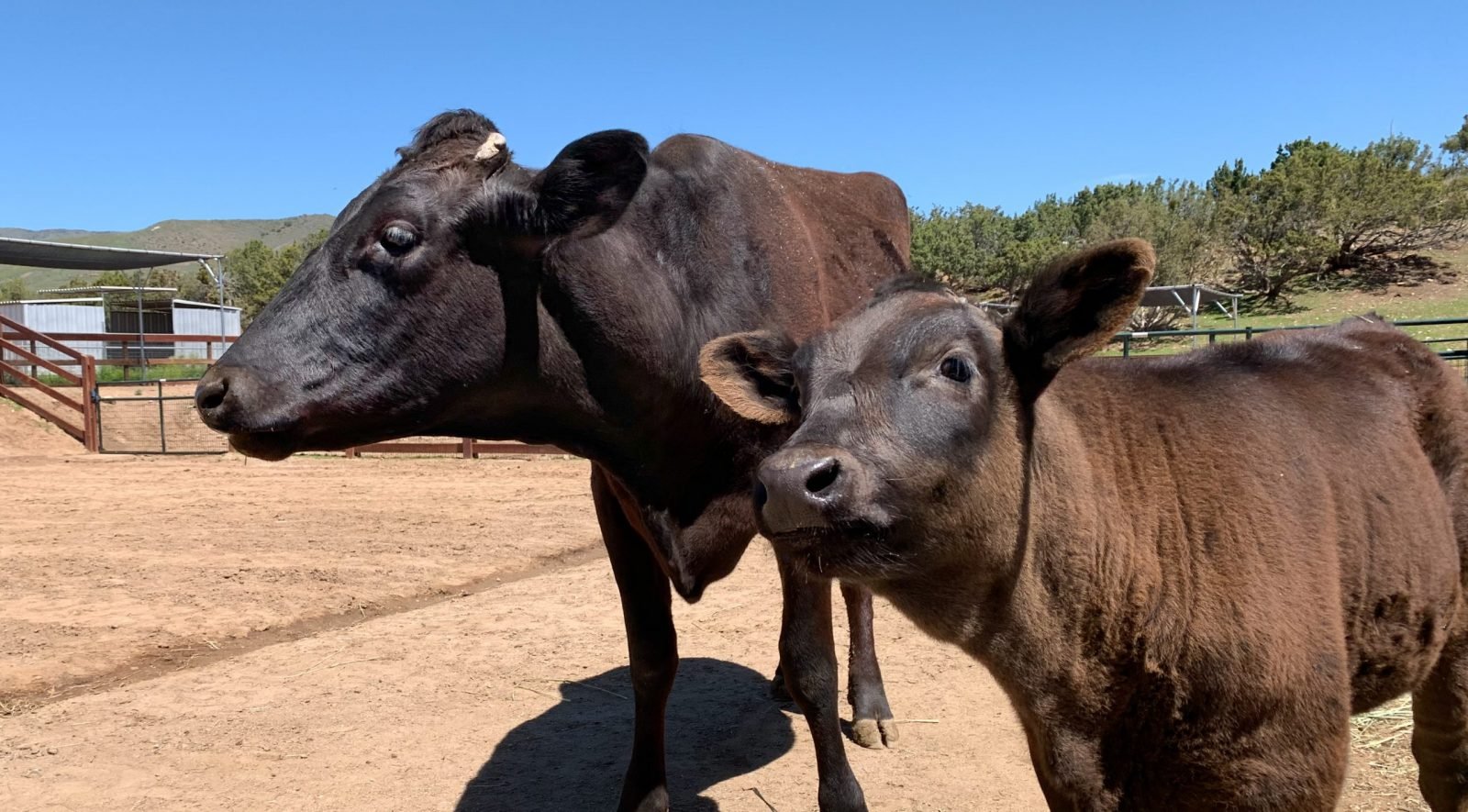Tragically, the food system views cows as mere machines for profit. Whether raised for meat or milk, cows endure extreme confinement, separation from their mothers, and painful mutilations such as branding, dehorning, and castration. In the United States alone, more than 30 million cows are killed every year for human consumption.
We’ve compiled our nine favorite facts about cows—just a few of the many reasons they continue to win our hearts. Take a few moments to learn who these gentle giants truly are and how you can help protect them.









